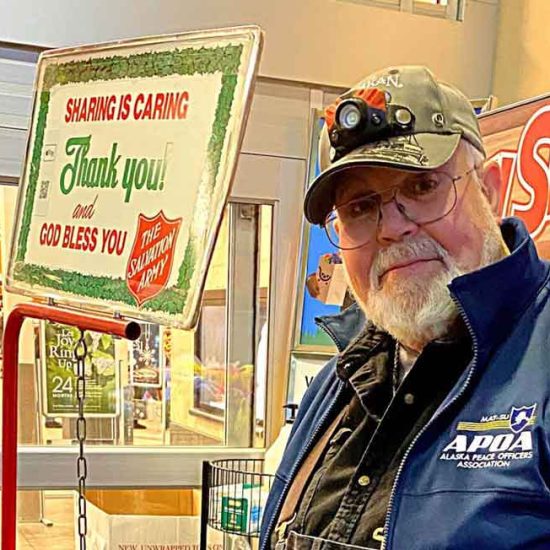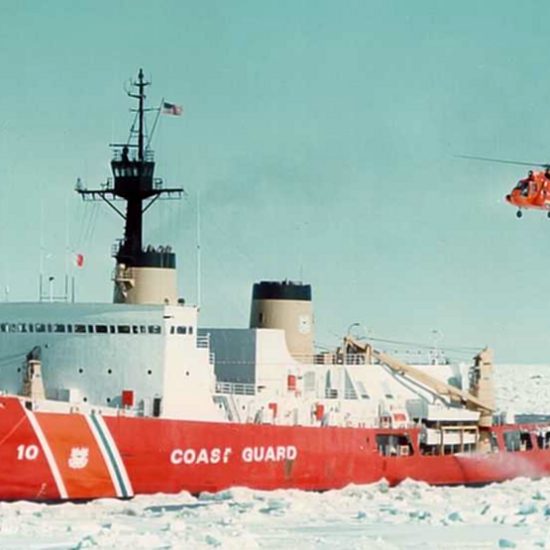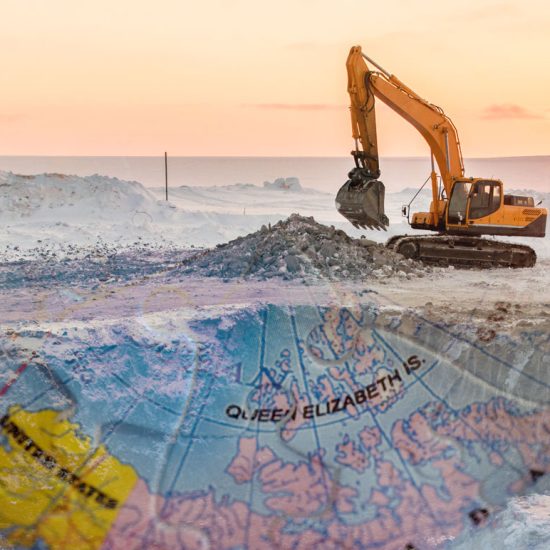Alex Gimarc – We are 30 years from Chernobyl. Perhaps it is time to review what happened and why.
Could the Reactor Explosion Have Been Avoided?
Reactors are heat engines with a lot of thermal inertia. This means that they are difficult to turn on and off quickly. Typically the older the design, the more difficult to control. While you can shut off the nuclear fission reaction relatively quickly, it takes a long time to cool the structure of the core down. Cooling for the older reactors require water, lots and lots of water.
The particular type of reactor at Chernobyl was a RBMK, graphite core reactor. It was essentially a cold war relic, cheap, easy to build, capable of generating a lot of power, and most importantly able to be reconfigured to produce plutonium instead of electricity. Remember this was in 1986, while the Soviet Union was in a nuclear arms race with the US. The Soviets cut a lot of corners with its design, construction and operation.
The problem with this particular model of reactor is that it not only relied on water to cool the core but also relied on water to moderate (control) the reaction. If the flow of cooling water goes away or flashes into steam, fission takes right off and runs away.
The day the reactor blew, there was an experimental test being run to figure out how quickly backup diesel pumps for emergency water could be spun up. Some 35 seconds after the experiment started, the reactor SCRAMed and control rods started to be inserted. Insertion of the control rods helped trigger displacement of water in the core, which quickly flashed into steam. The reactor spiked at over 10 times its rated thermal output, over 33 GW. This was quickly followed by two explosions that breached and destroyed the reactor. http://chernobylgallery.com/chernobyl-disaster/cause/
Was the Response Less than Perfect?
Initially, operators did not know the reactor core was breached as the low dose radiation detectors were immediately maxed out. The high dose detectors were buried in the rubble.
Initial response was by firefighters and staff. Due the incredible amount of radiation being sent into the air and surrounding countryside, exposure time was short. But due to the level of exposure, especially while the power plant was on fire, many died. Response ended up being conducted by the Red Army conscripts and reservists.
All in all, fewer than 1,000 were exposed to the highest levels of radiation. Some 50 – 100 of them died shortly afterwards and were the only fatalities due to radiation poisoning.
Over the course of the next two years, nearly 600,000 “liquidators” worked on the cleanup and entombing of the reactor building in lead. Most of them worked in a 30 km radius of the plant.
Over 5 million lived in the area dusted by radioactive fallout. Of those people, perhaps 5,000 were diagnosed with thyroid cancer, one of the more curable forms of cancer. 4,000 of them were children. There is no demonstrated increase in overall cancer rates among the exposed populace some 20 years after the accident.
Some 116,000 were evacuated from an exclusion zone around the plant. Another 220,000 were relocated over the next couple years. A UN report dated 2002 found the average radiation dose of those in the contaminated are (outside the 30 km radius) lower than those who live in some areas of high natural background radiation in India, China, Iran and Brazil. https://www.iaea.org/sites/default/files/chernobyl.pdf
What Were the Worst Health Effects?
Generally, claims of high mortality of those exposed to any radiation are highly overblown. One of the things that has been seen is widespread expectations of ill health and a tendency to blame all health problems on radiation exposure. As we have seen with the Fukushima evacuation, taking people from everything they have and the home they love is difficult on them, particularly to the elderly.
Of the 4,000 thyroid cancer cases diagnosed from 1992 – 2002 in people who were children or adolescents at the time of the accident, there were 15 deaths by 2002.
People tend to listen to how they are described and what have been called. In this case they are called the Chernobyl victims. The label along with the extensive government benefits earmarked for evacuees and residents of contaminated territories encouraged them to think of themselves as invalids, victims rather than survivors. Invalids and victims come to think of themselves as weak, helpless and with no control over their future. In short, they have given up on living using the accident as an excuse.
What Happened to the Environment?
Over 200,000 km2 of Europe and the Soviet Union (Ukraine, Russia and Belarus) were dusted with Cesium 137. Most of the strontium and plutonium radioisotopes stayed within 100 km2 of the plant.
As of 2002, most of the settlements dusted had returned back to background levels of radiation.
It took years before radiation levels of Cesium 137 in food products produced in areas impacted by Chernobyl fallout to fall below national action levels. There are still a few areas where contamination exceeds national action levels (as of 2002).
Radiation effects on plants and animals were only observed within 30 km of the accident.
So Where Do We Stand Today?
In terms of actual loss of human life, Chernobyl was a very small event. In human terms, it uprooted lives and families on the scale of a small civil war. In terms of trashing the countryside for decades, it was much larger. But we know how to mitigate the damage, how to clean up the mess, and the natural world appears to be addressing the challenges of radiation much more robustly than the rest of us, at least in the US. https://news.vice.com/article/chernobyl-anniversary-nuclear-power-what-we-can-learn
The first basic lesson of Chernobyl is not to do stupid stuff, especially with a poorly designed machine (reactor).
Second basic lesson is to design reactors to fail cold. In other words, not require either external coolant or power to control it in the event of an emergency shutdown. All current designs (we have learned a bit over the last 30 years) do this.
Third basic lesson is that the cure (mass evacuation) is usually as bad as or worse than the disease in terms of survival of the surrounding population.
Fourth basic lesson is that the negative impact of radiation on health is generally wildly overblown. Indeed, there is an overall positive health impact of continuous exposure to low levels of radiation. This is called hormesis, exposure to or ingestion of small amounts of a substance that is deadly at higher doses. One common example is vitamins. http://www.angelfire.com/mo/radioadaptive/inthorm.html
Alex Gimarc lives in Anchorage since retiring from the military in 1997. His interests include science and technology, environment, energy, economics, military affairs, fishing and disabilities policies. His weekly column “Interesting Items” is a summary of news stories with substantive Alaska-themed topics. He is a small business owner and Information Technology professional.











